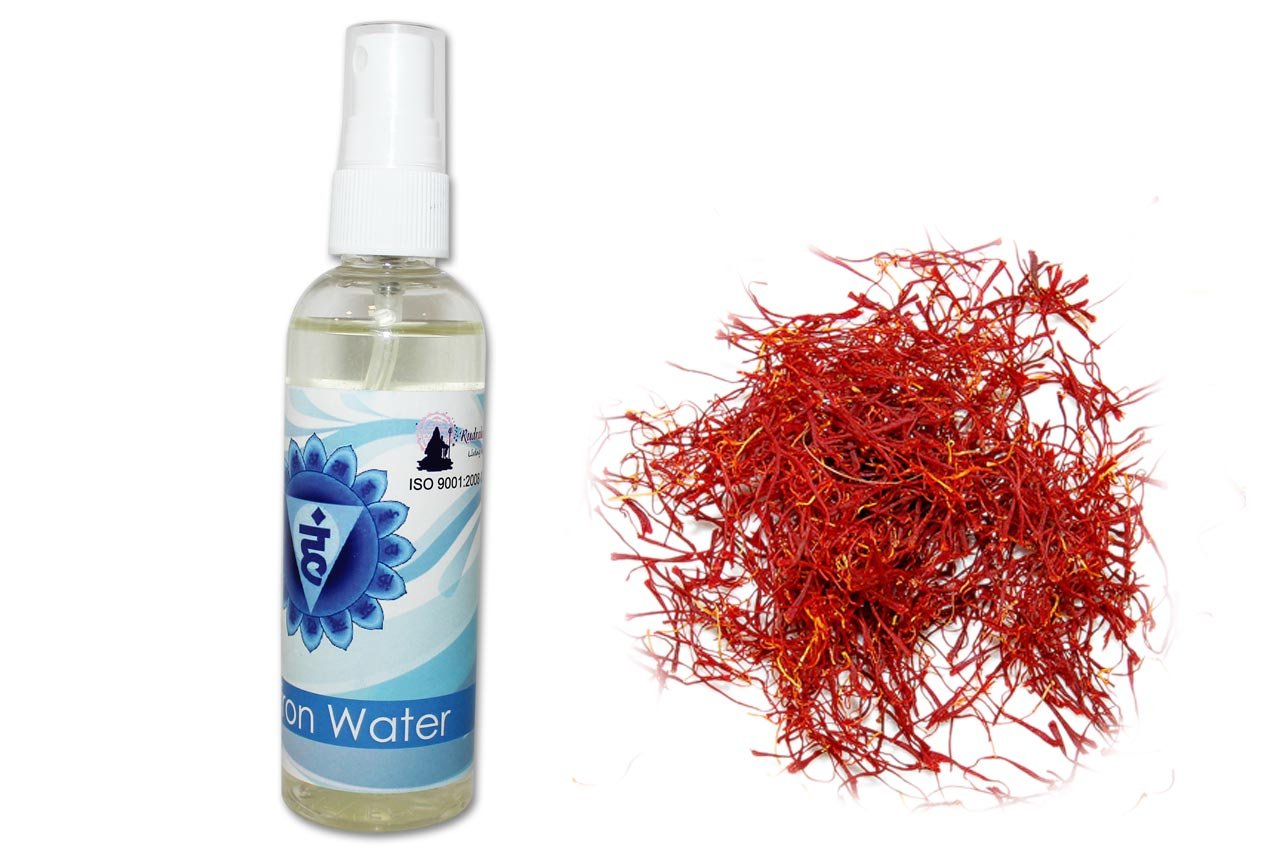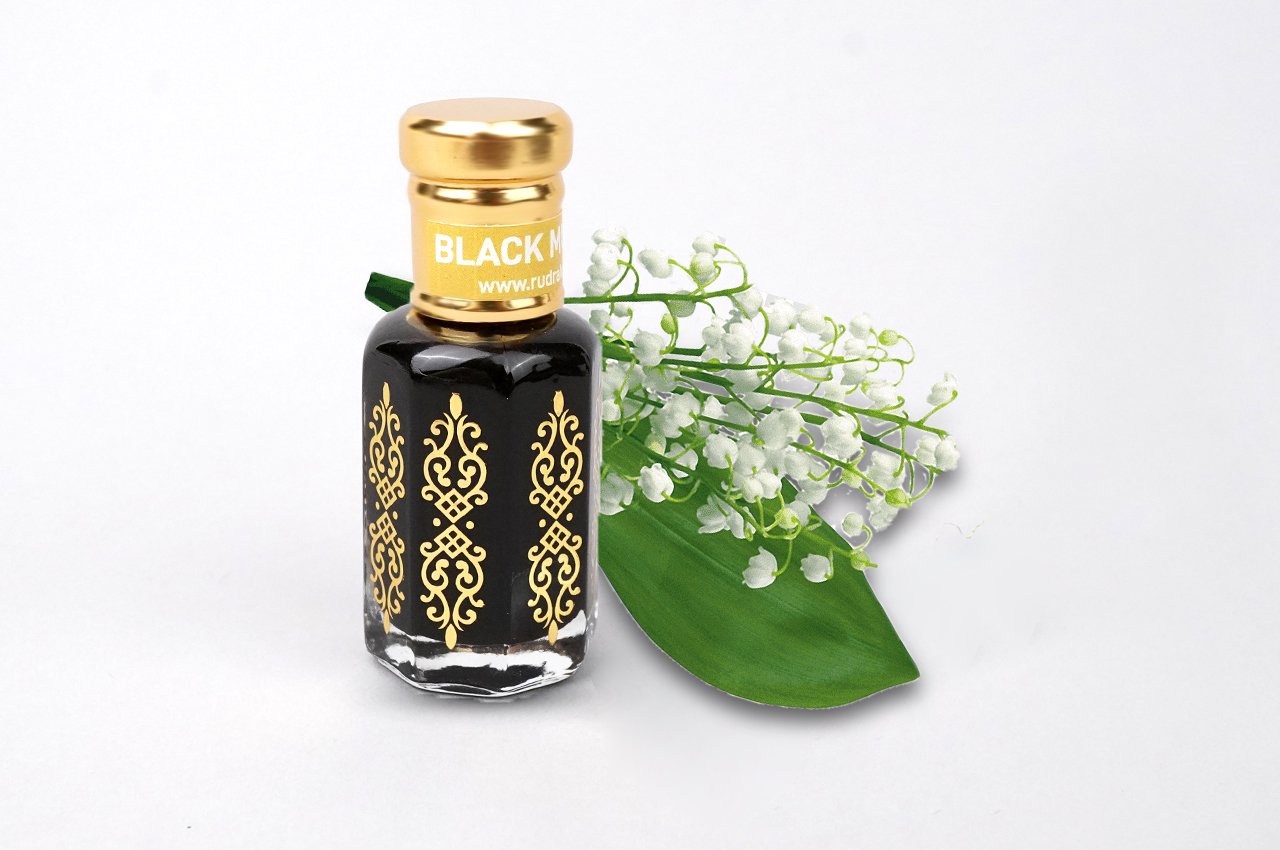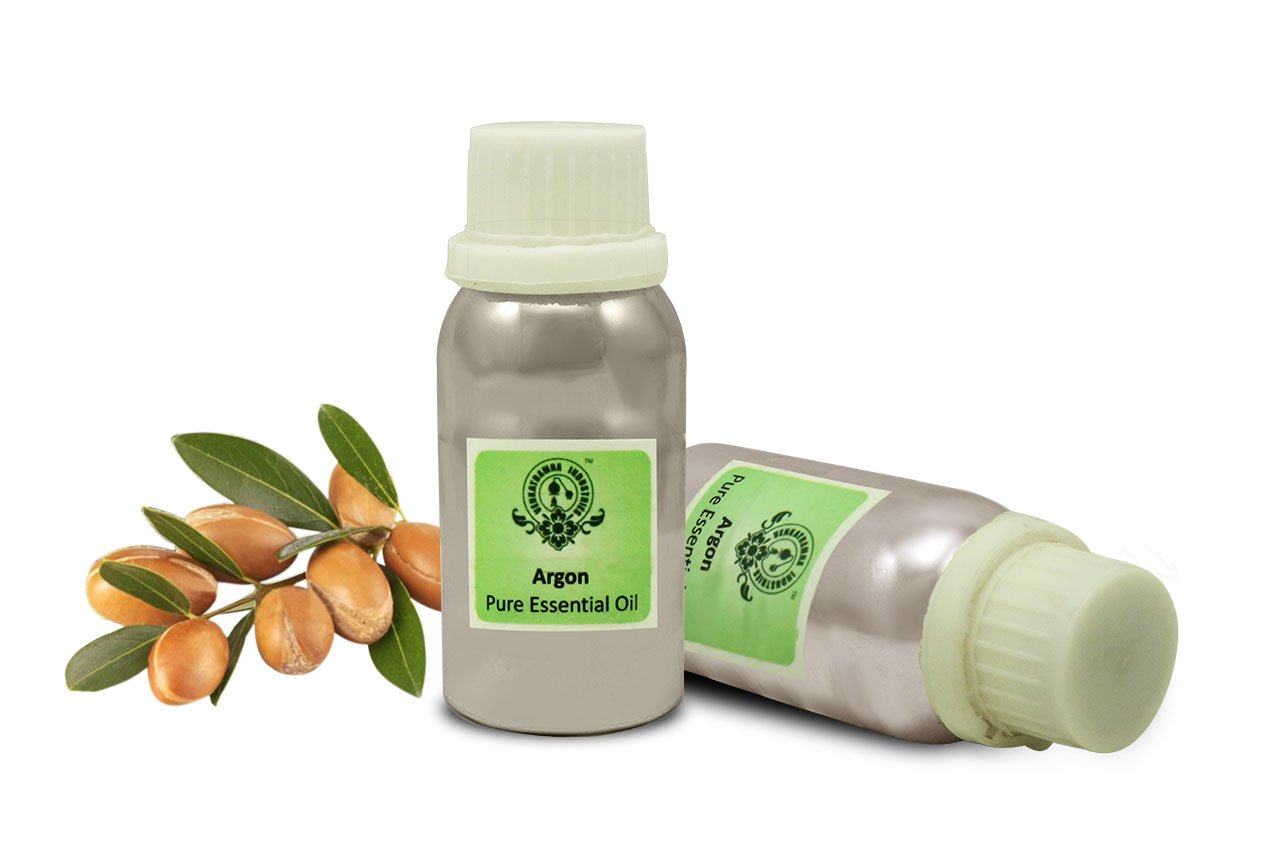Description
The flower of the saffron crocus (Crocus Sativus), a species of crocus in the Iridaceae. A C. Sativus flower bears three stigmas, each the distal end of a carpel. Together with their styles stalks connecting stigmas to their host plant stigmas are dried and used in cooking as a seasoning and coloring agent.
The history of saffron cultivation reaches back more than 3,000 years. The wild precursor of domesticated Saffron Crocus was Crocus Cartwrightianus. Human cultivators bred wild specimens by selecting for unusually long stigmas. Thus, a sterile mutant form of C. Cartwrightianus, C. Sativus, emerged in late Bronze Age Crete. Experts believe saffron was first documented in a 7th Century BC Assyrian botanical reference compiled under Ashurbanipal. Documentation of Saffron’s use over the span of 4,000 years in the treatment of some 90 illnesses has been uncovered.
Application:
Saffron contributes a luminous yellow-orange coloring to foods. It protects the eyes from the direct effects of bright light and retinal stress apart from slowing down macular degeneration and retinitis Pigmentosa.
Quantity: 100 ml.





